Success in the Indianapolis 500-mile race and the racy Bearcat model may have brought acclaim to Harry Stutz’ Ideal Motor Car Company (renamed Stutz Motor Car in 1916). But it was after Stutz departure that the company became a successful and global business enterprise.
Among the products of the Stutz Motor Car Company of America was the 1930 Stutz Model M that is the Pick of the Day on ClassicCars.com.
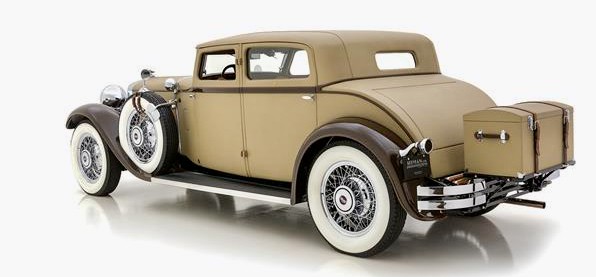
“In the mid-1920s, the brilliant engineer Fredrick Moscovics took control of Stutz Motor Car Company following the contentious departure of the company’s founder and namesake, Harry C. Stutz,” notes the St. Louis dealerships advertising the car for sale.
Stutz built his first car on his family farm in Ohio in 1898, worked for several Indianapolis-based motorcar producers, and in 1910 started an auto-parts business. He also built a car for the inaugural Indianapolis 500; Gil Anderson drove the car to an 11th place finish and Stutz started producing additional vehicles for road and track.
An investor took control in 1915 and Stutz left in 1919, launching HCS Motor Company and later the Stutz Fire Engine Company. The investor sold out in 1920 to steel-company owner Charles Schwab, who in 1925 hired Moscovics as manager.
“Moscovics’ talent and creative energy rejuvenated the Stutz Motor Car Company, leading them into one of the most successful periods in company history.
“The Hungarian-born Moscovics trained in Europe and previously worked at Marmon before arriving at the helm of Stutz. He found inspiration in the powerful continental tourers from Bugatti and Hispano-Suiza and was as gifted a promoter and manager of the Stutz brand as he was an engineer.
“Perhaps his most significant contribution to Stutz was the inline 8-cylinder engine with advanced chain-driven overhead-cam layout, cross-flow head, dual ignition, ten main bearings, and a twin-throat carburetor – highly sophisticated by American standards of the day. As fitted to the superb 1930 Model M, the engine displaced 322 cubic inches with a healthy 115 horsepower output.
“Thanks in large part to that magnificent engine, Stutz was one of the few American motor companies to break into the fickle European market, and they found considerable success in motorsport, particularly at Le Mans.
“Stutz drew on their racing experience to appeal to European customers and introduced a series of models with lightweight coachwork by Charles Weymann, who set up a shop in Indianapolis specifically to produce these bodies. The so-called “Chateau Series” included several beautiful body styles, all evocatively named for glamorous French locales like Chaumont, Chantilly, Deauville, Versailles and Monte Carlo, and each with a uniquely stylish, European-inspired design.
“Foremost among the Chateau series was the Monte Carlo, a captivating and sporty four-door saloon with an aggressively low roofline, letterbox side windows, and an integrated trunk. The magnificently stylish body featured Weymann’s patented, aircraft-inspired construction, comprised of a painstakingly crafted wood frame wrapped in a padded synthetic leather material that was both extremely lightweight and durable.
“Greased paper insulated some wooden joints, while others were precisely spaced to prevent rubbing with the wood’s natural expansion. Weymann’s ultimate goal was to produce a body that was virtually free of squeaks and, in Stutz marketing jargon, ‘guiltless of rattle.’
“Of course, this process was massively labor-intensive, and at $4,495 in 1930, the sublime Monte Carlo was one of the most expensive models in the range. Built on the grand 145-inch wheelbase Model MB chassis, this 1930 Model MB is one of just three examples of the type extant with Weymann’s Monte Carlo coachwork.”
The dealer notes that, “like many Stutzes of the period, this car owes its existence to the late Alexander K. Miller (he died in 1993). From his farm in Vermont, the inherently wealthy, famously reclusive, and notoriously eccentric Miller kept a hoard of dozens of Stutz automobiles.”
Miller kept his vehicles in what the dealer terms “ramshackle huts and barns.” Somehow, Sherwood Kahlenberg convinced Miller to sell him this MB in 1974. In 2000, it was acquired by Stutz collector Andy Simo, who sent it to RM Restorations to be brought to concours standards.
The car won Best in Class in 2002 at Pebble Beach, Best of Show Domestic at Glenmoor in 2004, Most Elegant Closed Car at Amelia Island in 2005 and the Warshawsky Award for the highest-point car judged at the CCCA annual meeting,
The car was acquired by Joseph and Margie Cassini III, who sent it back to RM for “a thorough freshening.” In 2015, it won its class at Pebble Beach and Amelia Island.
The car is being offered for sale for $575,000. To view this vehicle on ClassicCars.com, see Pick of the Day.



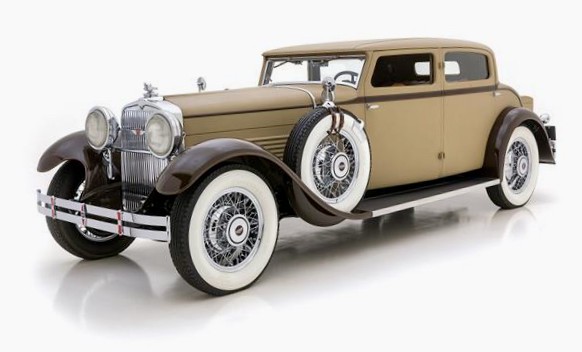
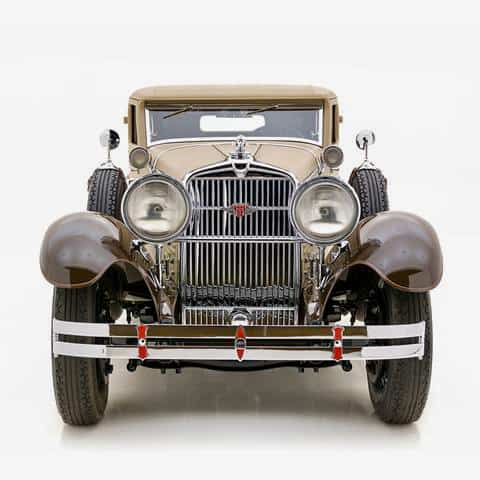
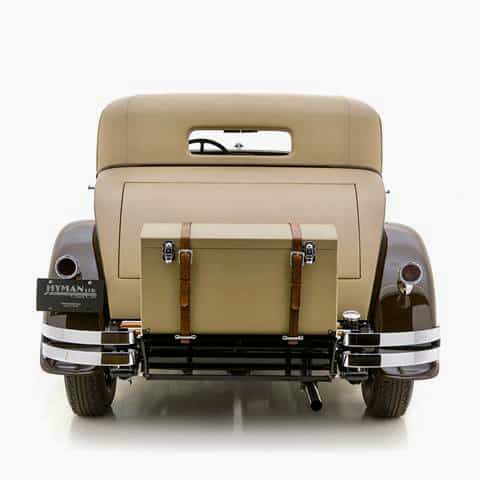
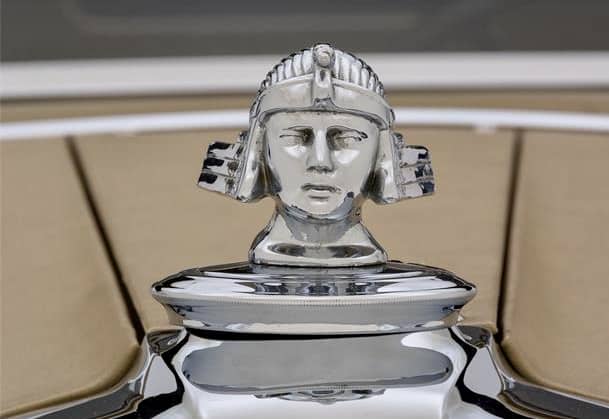
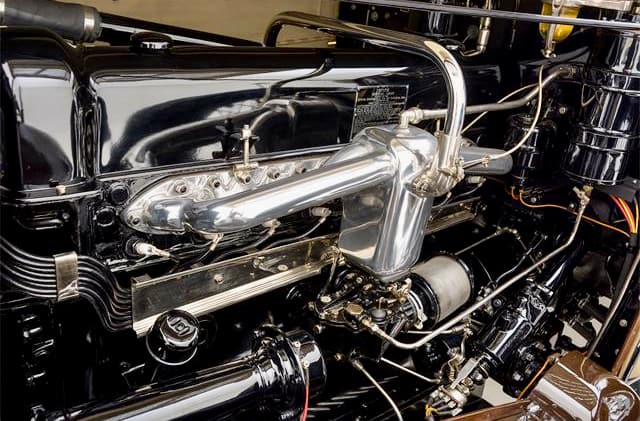
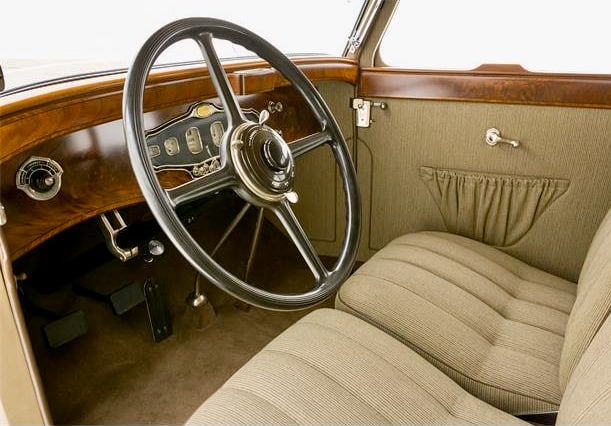
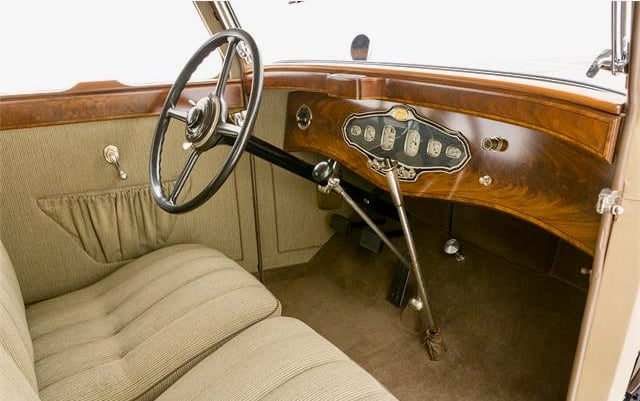
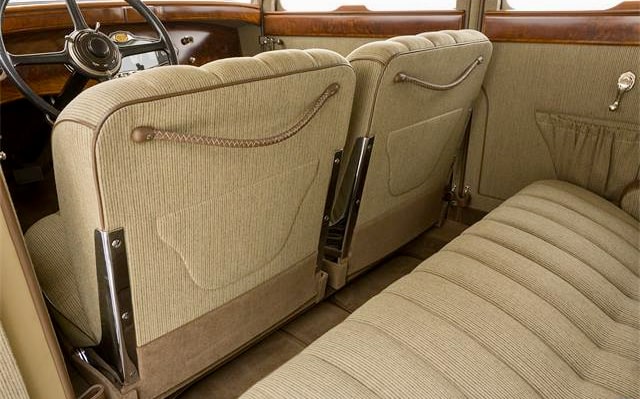


WOW!
And here I was thinking that my ’04 Mercury Marauder with 26,000 miles was pretty spiffy….and then I saw this
magnificent Stutz/
Sigh
Wow! Let me run down to the bank & get an auto loan.